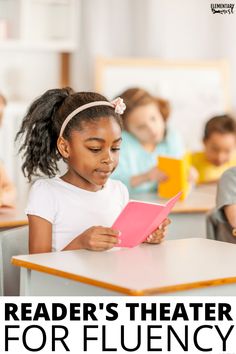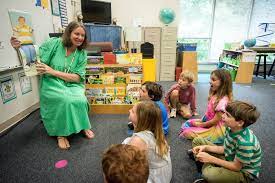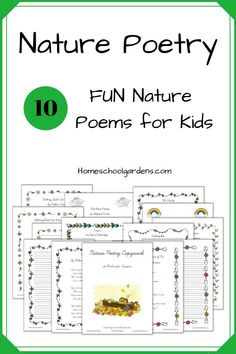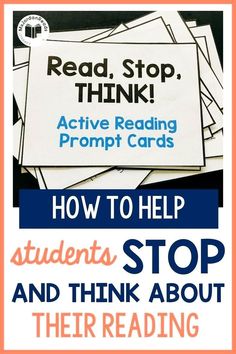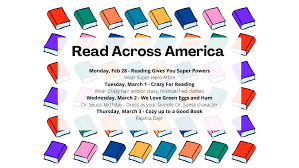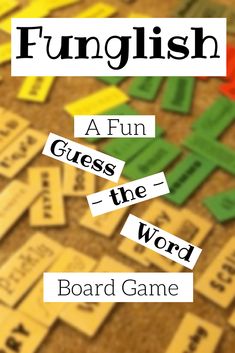Readers’ Theatre has emerged as a dynamic and educational tool to enhance fluency, confidence, and comprehension among students and readers of varying ages. This interactive literacy activity involves participants reading scripts derived from books, plays, or other written material in a dramatic fashion, without the need for memorization, props, or a stage. The primary focus is on reading the text with expressive voices and gestures to convey the story or message.
The concept of Readers’ Theatre was introduced in the 1930s but has since gained popularity as an educational strategy that caters to a broad range of learning styles. It provides an engaging way for readers to practice reading aloud, which is crucial for developing fluency. Fluency in this context refers to the ability to read with speed, accuracy, and proper expression. Through repeated practice in a group setting, participants naturally improve their reading pace and learn to inflect their voice to match the punctuation and emotion in the script.
Beyond fluency, Readers’ Theatre bolsters confidence among participants. For many learners, particularly those who struggle with traditional methods of literacy education or have stage fright, this approach offers a supportive environment to take risks with reading. With no audience scrutiny and the comfort of being part of an ensemble, individuals often find themselves more willing to participate actively and take on challenging material.
Comprehension is another critical skill honed by Readers’ Theatre. As readers bring the text to life, they must understand character motives, plot elements, and narrative arcs. This requires deep engagement with the content and results in improved retention and understanding. Additionally, discussing character development and story sequencing before performances encourages analytical thinking and can lead students deeper into the context of what they are reading.
In conclusion, Readers’ Theatre stands out as an efficient method for educators and group leaders to employ when aiming to enhance literacy skills. It holistically addresses fluency, confidence-building, and comprehension—all while offering an enjoyable collaborative activity that fosters a love for reading and storytelling. As an added advantage, it promotes active listening skills among participants who benefit not only from the act of reading themselves but also from hearing their peers interpret texts aloud. With its combination of education and entertainment value, Readers’ Theatre continues to be an invaluable asset in classrooms and reading programs across the globe.
